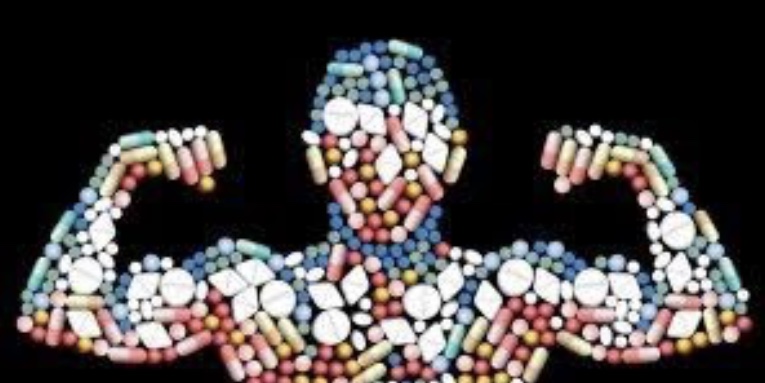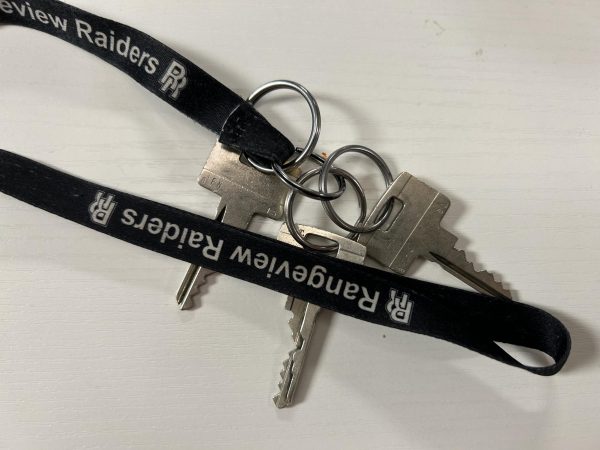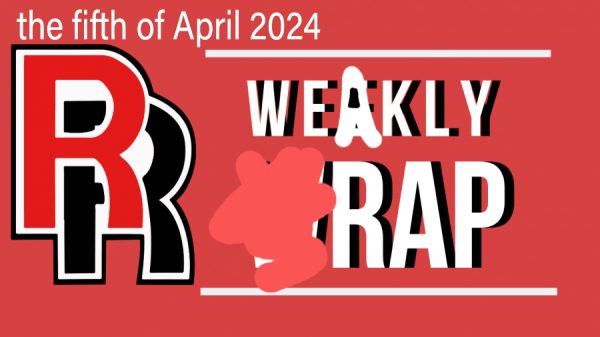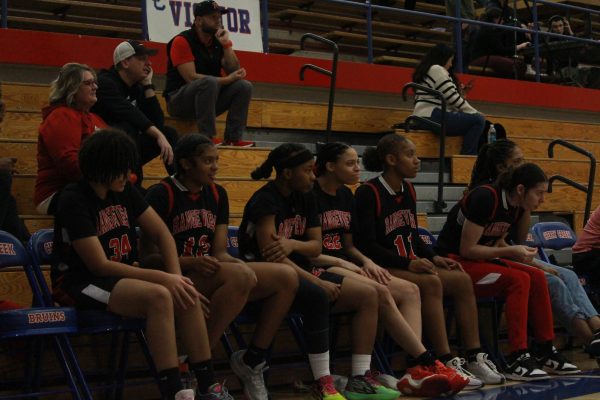Replace High School Athletes’ Drug Tests With Education
February 26, 2020
Imagine for a second that you’re in a sport, and you get caught by a teacher, coach, or even law enforcement, for using drugs like marijuana, alcohol, or maybe even performance enhancers. Sure, you may get in some trouble, or maybe a fine, but nothing more than that… right?
Well, if your name is Nick Hanna, you may have thought the same. A high school senior at the time, Hanna was caught with a vaping device that had nothing more than residue that tested positive by law enforcement for marijuana in the state of Virginia. The charge? Possession of drugs. The consequence? Suspension, which soon resulted in him having to transfer schools, along with colleges denying him, making his future uncertain (Washington Post).
In our society today, and for a long time before us, people of authoritative power seem to jump much too quickly to harsh punishment in response to relatively minor offenses. We see it all the time – for example, in 2016, a 75-year-old disabled veteran was sentenced to prison for the rest of his life for growing and distributing marijuana (VOX). Countless more in the United States are unjustly sentenced for long periods of time for possession. The unruly nature of drug offense punishments is more than evident.
In high school, it is no different.
Coach Carhart, head track coach at Rangeview, says that “usually, drug use accompanies other issues… I try to get to the bottom of what’s going on first. I feel like if you take a punitive approach, you’re just going to lose them.” This is why a more effective solution to adolescent drug use in sports is education instead of the more common initial punishment.
“I think that if you understand why I’m telling you not to do drugs, and we can create meaning behind staying away from it… and giving you something to shoot for as opposed to something to avoid is much more effective (than punishment),” said Carhart.

According to the American Academy of Pediatrics (AAP), there are three main problems with drug screening adolescents in high school. One of these problems is the punishment that a student may endure due to a drug offense. Excluding the involvement of law enforcement, students can be subject to suspension or expulsion by the school after a failed drug test, which I believe is simply not the answer.
There are some drugs that some take that are completely fine, like prescription drugs, that will show up on a drug screening. Another problem that the AAP cites is the fact that there are prescription drugs that may show up on a drug test. This can easily be considered to be an invasion of privacy, as the drugs that some students take can expose a very private situation that they deal with on a day to day basis.
The final major problem acknowledged by the AAP comes from a study done by the U.S. Department of Health and Human Services. In 2012, the department took a lengthy nationwide survey which, all in all, gave a multitude of results in different categories of the life of a high school student. But, there was one striking outcome that came from this survey, which was that out of all adolescents with a substance abuse problem, less than 10% get any help.
Less than 10%.
It is staggering and quite embarrassing to know that there are thousands of high school students that have these problems and are being neglected the help they need, all while being unjustly punished immediately. Why is it that the first reaction to a student participating in drug use is to punish them so harshly?
“I don’t think it’s fair (to drug test student-athletes), but we should let them do their athletics, and they should be able to do what they want,” said varsity wrestler Junior Nicholas Chounlamaney, “if they get caught, it’s on them.”
In high school, students are naturally exposed to more and more aspects of life, whether they be good or bad. Within this parameter, high school students are constantly exposed to drugs and alcohol that obviously are not healthy for a developing body. The most common intoxicants that students are introduced to are marijuana and alcohol through friends, parties, or in some cases, even parents.
For athletes in high school, it is not uncommon to have an idol or someone to look up to. Some will do whatever it takes to be just like the athlete or athletes they idolize. While more common in college and professional sports, it is estimated that around 10% of high school athletes admitted to using steroids at some point in their life (The Recovery Village).
This small portion of high school athletes is putting themselves at extreme risk. According to Dr. Edward V. Craig, a sports medicinal expert, the more serious effects of adolescent steroid use include the increased risk of depression, aggressive behavior, liver damage, suicidal behavior, and even heart attacks. (NBC).
In high school, teams usually play games anywhere from once to three times per week, with exceptions given to sports that only have one competition per week. Former coach and current math teacher Mr. Siverson says that during this high concentration of competition, “your body simply doesn’t have enough time to recover” when taking PEDs, “so really, there’s no real point in taking them.” Steroid use is uncommon, but the use of other intoxicants like alcohol and marijuana is much more common. About one-third of students reported having drunk alcohol and 21% of seniors smoking marijuana, in the last 30 days. (LiveScience and VeryWellMind). Since then, marijuana has been legalized in multiple states, so one could assume that this number is higher now in 2020.
The effects of drugs, of course, is no mystery to the general population of teenagers, but a certain sense of apathy has led to the continued use of these harmful drugs. Even though high school students and athletes know the effects, they use these intoxicants anyway.
Math teacher Mrs. Wetzel said that even though kids may know some effects of what they’re choosing to do, “if it’s their first time getting caught, then I think we as educators need to… educate them as much as we can and say ‘here’s the risk, here’s what’s happening to you, and if you take these risks, this could happen to you.’” Wetzel also said “at some point, some degree of punishment needs to happen” if a student keeps choosing to participate in drug use after continued education and support.
Much like our prison system, and even in our school system, we have seen time and time again that punishment right off the bat only sometimes works. If students and athletes alike were properly educated about what they were choosing to do, a significant decrease in drug use would likely ensue. Will education and support over drug tests and punishment completely solve the problem? Of course not. But, it certainly is a step in the right direction in stopping adolescent drug use both in athletics and in the classroom.






















